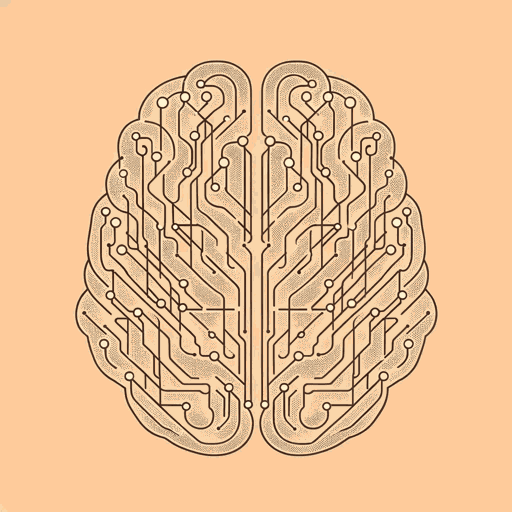48 pages • 1 hour read
Nicholas CarrThe Shallows: What the Internet Is Doing to Our Brains
Nonfiction | Book | Adult | Published in 2010A modern alternative to SparkNotes and CliffsNotes, SuperSummary offers high-quality Study Guides with detailed chapter summaries and analysis of major themes, characters, and more.
Chapters 5-6Chapter Summaries & Analyses
Chapter 5 Summary: “A Medium of the Most General Nature”
In 1936, Alan Turing introduced the idea of a general computing machine; rather than creating distinct machines for a variety of processes—a telephone, a word processor, a telegraph, a phonograph—Turing proposed a programmable computer: one machine that can be programmed for any process. Turing died in 1954, the same year that the earliest computer prototypes were put into production. Carr writes, “[B]ecause the different sorts of information distributed by traditional media—words, numbers, sounds, images, moving pictures—can all be translated into digital code, they can all be ‘computed’” (82). The computer technology absorbs other media as its computations become faster and more precise than the original media. For example, the earliest computers only processed words, not images, because any attempt to compute images took far longer than developing film, but as computers increased in speed, they could process images faster than a person in a darkroom. Carr explains that the Internet is a network of these computers, and as more programs move onto the Internet itself (the cloud), the Internet seems to be absorbing even the computer itself.
Through references to several media use studies, Carr explains that people’s increased use of the Internet as an all-purpose tool has decreased people’s use of books and other printed media.
Featured Collections
Books & Literature
View Collection
Common Reads: Freshman Year Reading
View Collection
Memory
View Collection
New York Times Best Sellers
View Collection
Philosophy, Logic, & Ethics
View Collection
Popular Study Guides
View Collection
Pulitzer Prize Fiction Awardees &...
View Collection
Science & Nature
View Collection
Sociology
View Collection
The Future
View Collection


